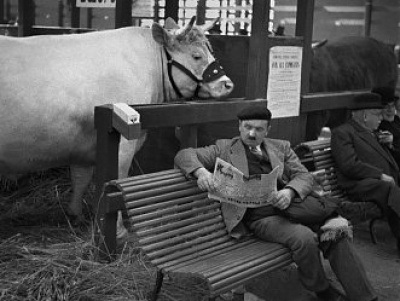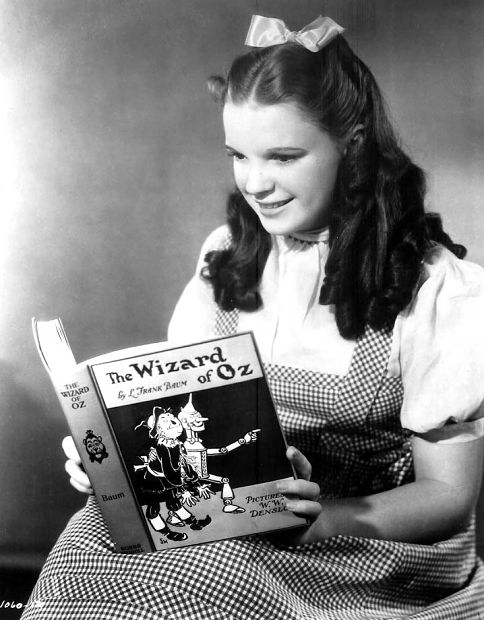Linguistics began to evolve from philology in the latter half of the nineteenth century, and the most important events occurred in France and Russia. In Paris a young scholar named Ferdinand de Saussure ( 1857-1913) conceived the idea that structure, not grammar, was the key to language analysis.
In a series of lectures, published only after his death, he showed that language is never a mere sequence of words, like beads on a string; on the contrary, each and every language in the world is a complex structure or system that can be analyzed, and this is key: without regard to meaning. For his contribution De Saussure is generally regarded as the founder of modern descriptive linguistics.
Of no less importance was the formulation by the Russian linguists Baudouin de Courtenay and Nikolai Kruszewski of a concept that provided a basic tool of linguistic analysis: the unit of speech known as the phoneme, linguists are able to isolate, analyze, and record the vocal sounds of any language in the world without recourse to alphabets or other existing calligraphic codes. The phoneme has been called the molecule of speech, and like the molecule of chemistry it is not a fundamental or irreducible particle but a rather complex entity with properties about which linguists do not always agree. ( to be continued)…
ADDENDUM:
And when politics enters the field of language and linguistics, there is a dark underside, a nihilstic component that sometimes installs itself:
(see link at end)…Meanwhile, Collier’s magazine of November 30, 1946 published an article entitled “Why Can’t They Read?” After stating that “A third of all school children are illiterate,” the magazine went on:
It’s nothing new, it’s been going on for years. It is common knowledge among educators that at least one third of our school children lag behind their age and grade in reading, all the way through school. Thousands emerge from high school totally unable to read and comprehend so much as the daily paper. As for reading for pleasure-only a lucky minority ever learn to do that.
Now that the Deweyites had confirmation that they could induce massive illiteracy in the classroom by using their methods, there was nothing to stop them from eradicating that hated independent intelligence that stood in the way of socialism. They would fight tooth and nail any attempts to go back to the old methods of teaching reading. And that’s exactly what they did when Why Johnny Can’t Read was published in 1955. The book was important because it identified the cause of the reading problem: the look-say method. Other writings in popular and education magazines had told about the reading problem, but none of them had identified and pin-pointed its cause. Rudolf Flesch had done it in no uncertain terms, and he named the professors by name.
And that’s why their reaction to Flesch was so vehement. He made them appear stupid, as if they really didn’t know what they were doing. Flesch presented eleven research studies that proved phonics to be superior to look-say as a method of teaching reading. He seemed to say: “Look, you silly fools, phonics works better than look-say. ” What Flesch didn’t know is that the professors already knew that. They knew it when they devised the look-say m
d. Dewey had in fact admitted that children taught by look-say would not read as well as those taught by phonics. Huey happily admitted that children taught by look-say would misread all over the lot, Hall had shamelessly extolled the virtues of illiteracy, and Gates had acknowledged that slow learners found look-say “overwhelmingly difficult.” Read More:http://www.sntp.net/education/look_say_2.htm









 COMMENTS
COMMENTS



